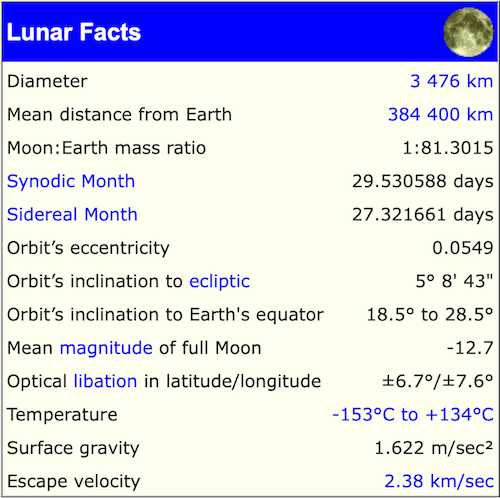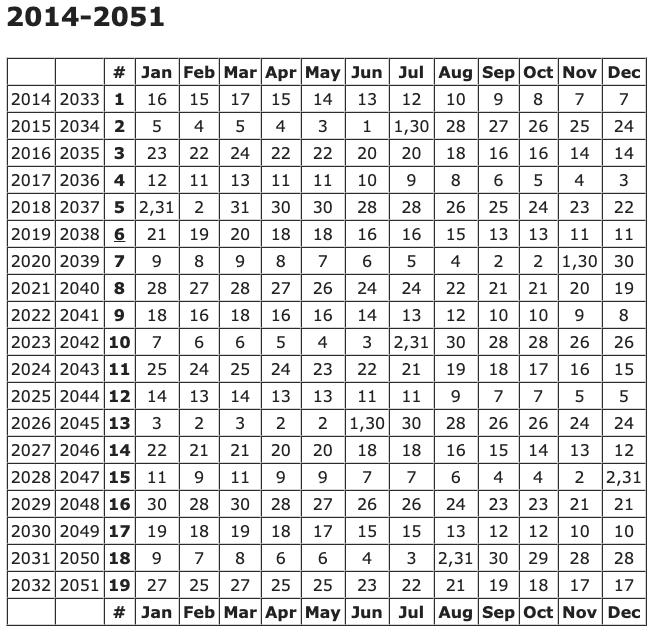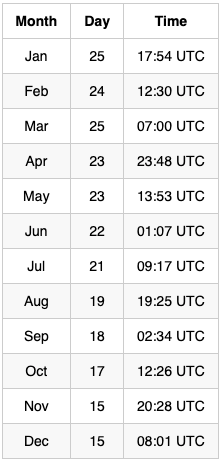The Moon and Its Phases: Understanding Our Celestial Companion
Written on
Introduction to the Moon's Influence
The Moon has undoubtedly captivated humanity since ancient times. As the most luminous object in the night sky, its ever-changing appearance has sparked curiosity and wonder.
This fascination likely inspired early humans to create the first calendars. The idea of saying, “Let’s reconvene at the next full Moon” was a natural progression. The visible phases of the Moon facilitated timekeeping, eliminating the need for complex day-counting systems. Thus, the concept of a month became inherently linked to our calendar, alongside the day, marked by the Sun's progression, and the year, defined by seasonal changes.

Understanding Lunar Cycles
Synodic Month
The synodic month, or lunation, is the average duration of the Moon’s orbit relative to a line drawn between the Sun and Earth.
Sidereal Month
In contrast, the sidereal month measures the time it takes for the Moon to return to a specific position among the stars.
Ecliptic Path
The ecliptic represents an imaginary circle that illustrates the Sun's apparent path in the sky throughout the year, as observed from Earth.
Magnitude of Brightness
An astronomical object with a magnitude of 1 is classified as exceptionally bright, being approximately 2.512 times more luminous than an object with a magnitude of 2. The Sun boasts a magnitude of around -26.74 in the visible spectrum.
Optical Libration
Optical libration refers to the apparent wobbling or oscillation of the Moon's surface from an Earth-based perspective, creating the illusion of movement along both the east-west and north-south axes.
Lunar Months in a Year
Linking lunar months to the annual calendar presents a challenge. Twelve lunar months, ideally grouped into four seasons of three months each, would seem like a good fit. However, since a lunar month lasts just over 29.5 days, twelve lunar months fall short of a year by roughly eleven days.
While eleven days may seem negligible at first glance, after three years, the lunar calendar would be misaligned with the seasons—a significant issue for agricultural communities reliant on precise timing for sowing crops.
Increasing the count to thirteen lunar months would result in an annual total that exceeds the solar year by more than 18 days.
The Metonic Cycle
In 433 B.C., Meton discovered that a span of 19 years (approximately 6939.689 days) aligns closely with 235 lunar months (around 6939.602 days). This insight led to the establishment of a 19-year cycle comprising 12 years of 12 lunar months and 7 years of 13 lunar months, ensuring that lunar months remain synchronized with the seasons. The dates of this cycle were inscribed in gold on public monuments, leading to the term "Golden Number" for the year's designation within the cycle.
The initial year of a cycle can be chosen arbitrarily, but existing cycles trace back to 1 B.C. when the cycle commenced with a New Moon on January 1st (notable years include 1995, 2014, and 2033). To determine if a year marks the beginning of a cycle, one can divide it by 19 and check for a remainder of zero.
The Hebrew Calendar
In Israel, the Hebrew Calendar serves religious purposes, providing a framework for agricultural activities and civil holidays alongside the Gregorian Calendar. Traditionally, the early Hebrew calendar relied on actual sightings of the Crescent Moon to determine month beginnings. However, by 1178 A.D., this practice transitioned to a mathematical approximation.
The Hebrew lunar year is approximately 11 days shorter than the solar year, utilizing the Metonic Cycle for alignment with the solar calendar. Despite this adjustment, the average Hebrew calendar year still exceeds the current solar year by about 6 minutes and 40 seconds, leading to a cumulative lag of one day every 216 years.
The Islamic Calendar
The Islamic Calendar is based on lunar months, alternating between 29 and 30 days. This cyclical nature means that all months, including Ramadan, continuously shift through the seasons.
To maintain alignment with the Moon's phases, the length of the twelfth month is adjusted over a 30-year cycle: 29 days for 19 of the years and 30 days for the other 11.
Predicting Lunar Phases
Determining the dates of various religious festivals, such as Easter, necessitates accurate predictions of the full Moon. Given that the average interval between the Moon’s phases is slightly over 29.5 days, one could estimate upcoming occurrences by alternating between gaps of 29 and 30 days. However, this method loses accuracy over time due to over 1500 factors influencing the Moon’s phase timings each month.
For greater precision, the Synodic Mean (29.530558 days) can be employed for lunar month calculations. The Metonic Cycle offers an even more accurate framework for forecasting, illustrated in tables documenting full Moon dates from 2014 to 2051, along with their corresponding Golden Numbers.

Even the Metonic Cycle's predictions may not always align with the actual date of the full Moon. For those seeking more precise dates for upcoming full Moons, refer to the tables below:
Full Moons for London, UK in 2023

Full Moons for London, UK in 2024

† Data sourced from timeanddate with times converted to UTC
Additional Resources
? Become a Learning Pages Supporter for early access to my latest articles
? Join the Learning Pages Membership for exclusive resources and referral benefits
?? Sign up for the Learning Pages newsletter
? Subscribe for notifications on new publications
? Leave a tip to support ongoing content creation
Explore the dynamics of Moon phases through captivating animations and time-lapse footage in the video "Moon Phases Explained."
The video "Phases of the Moon: Astronomy and Space for Kids" offers an engaging and educational overview of lunar phases tailored for younger audiences.